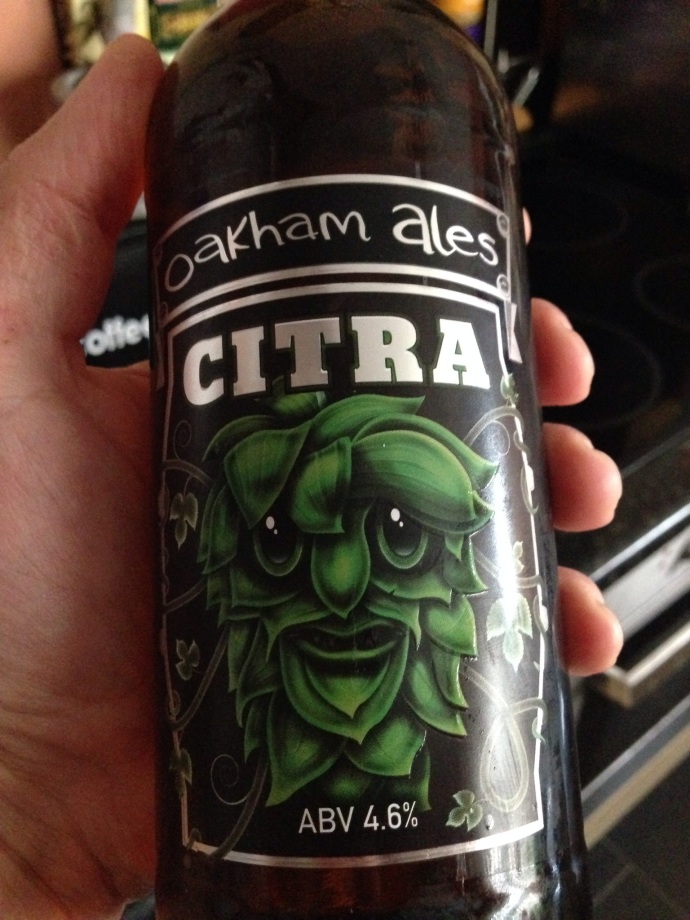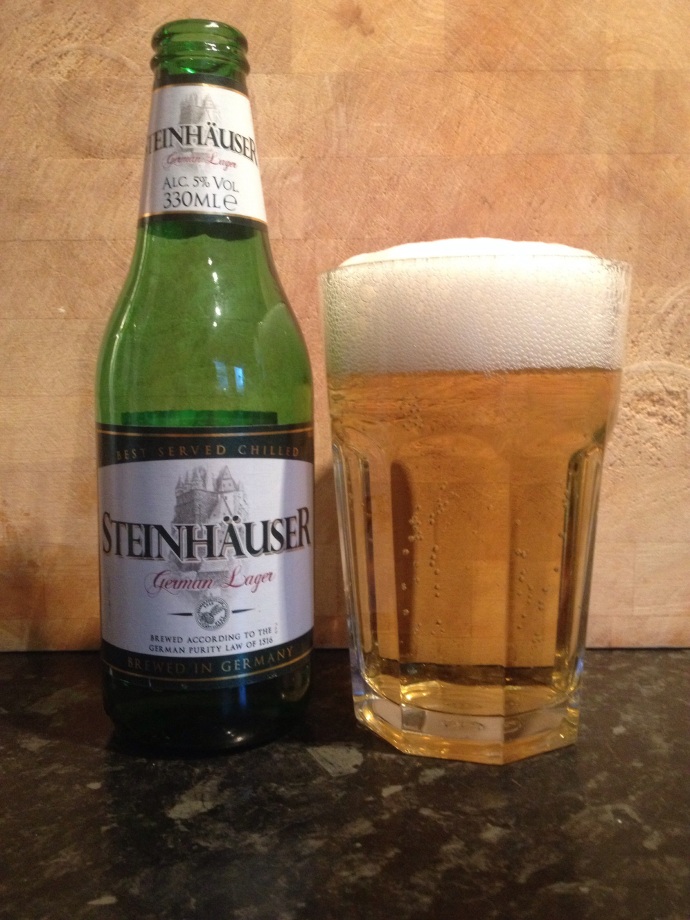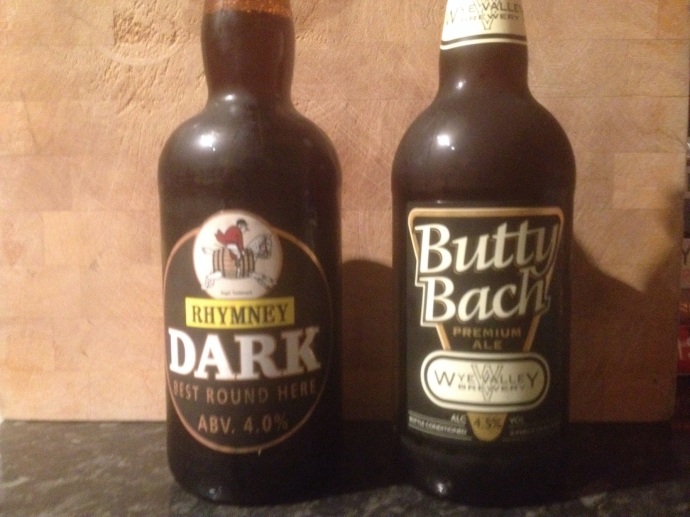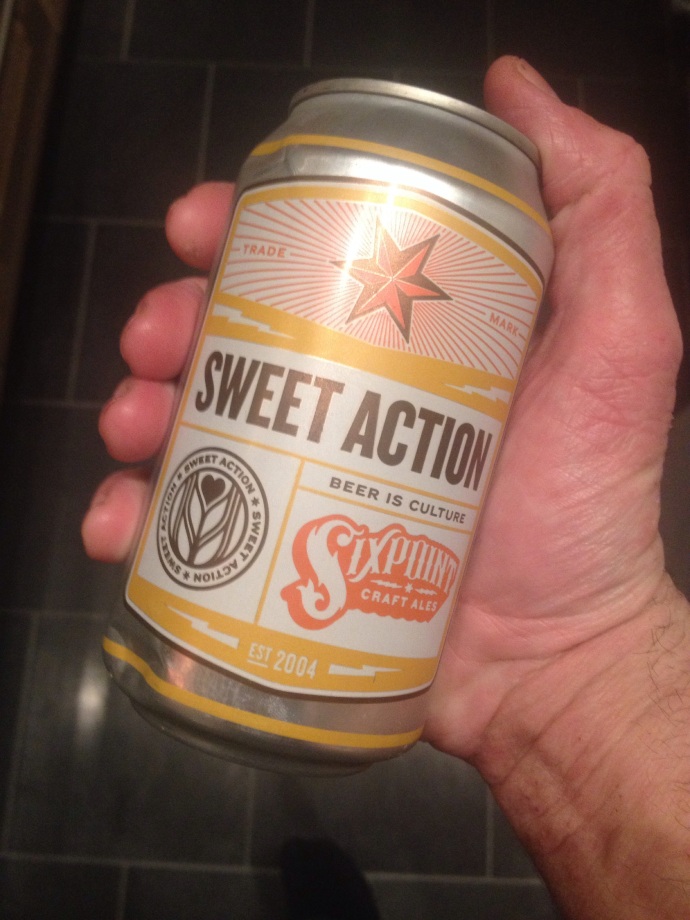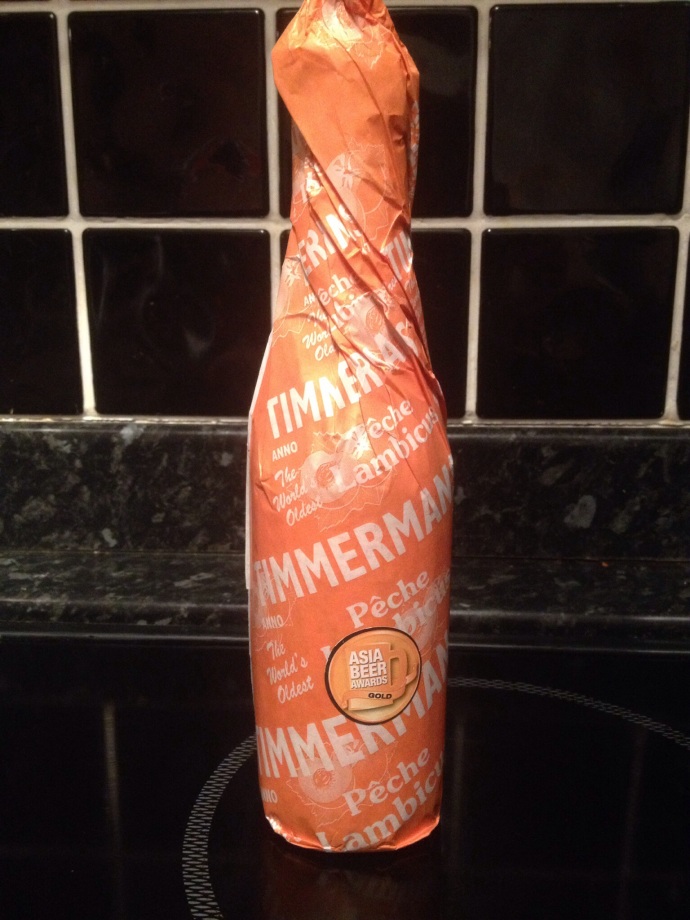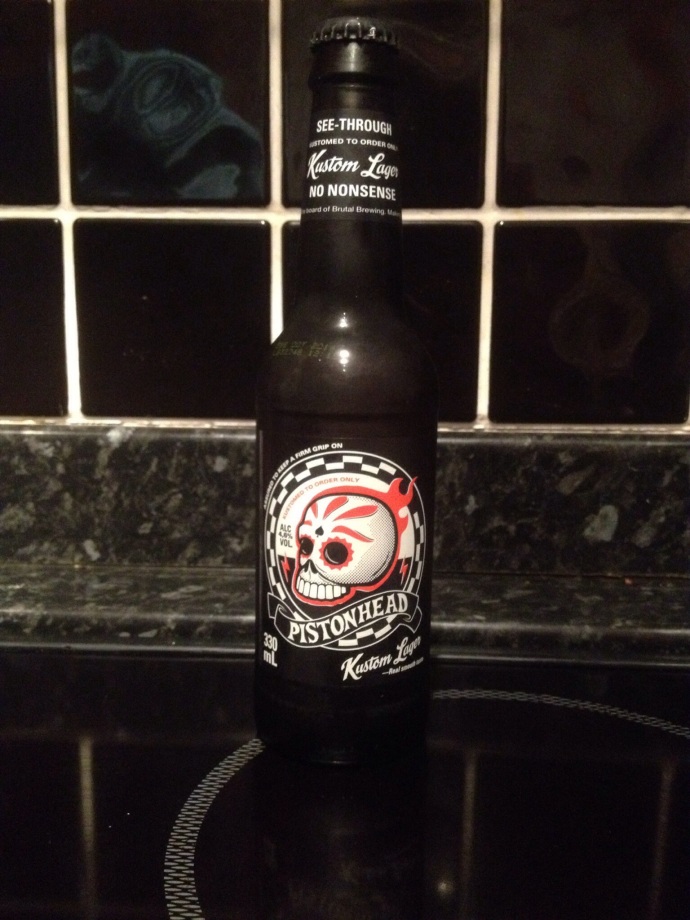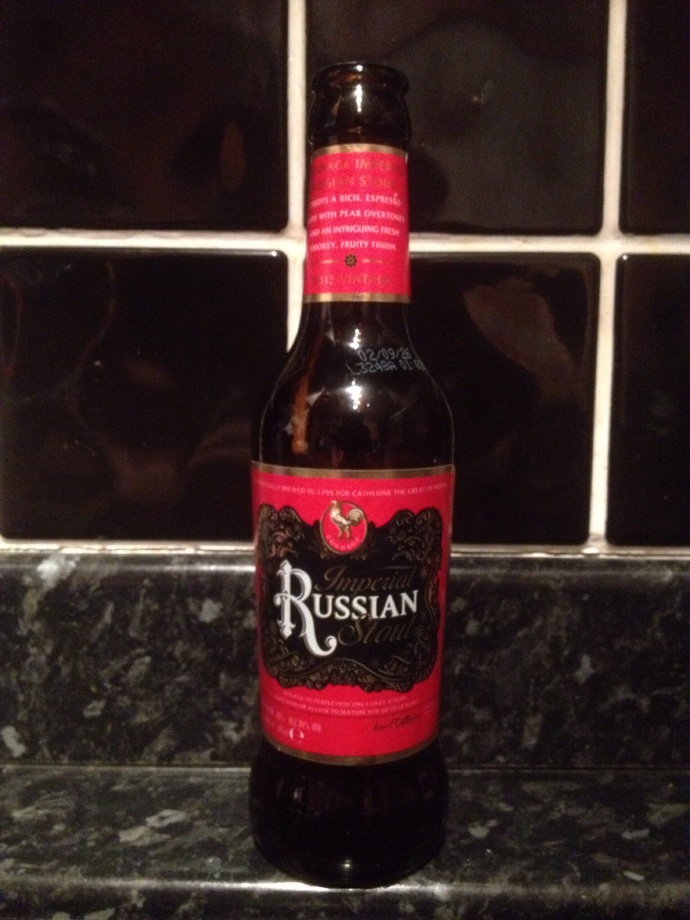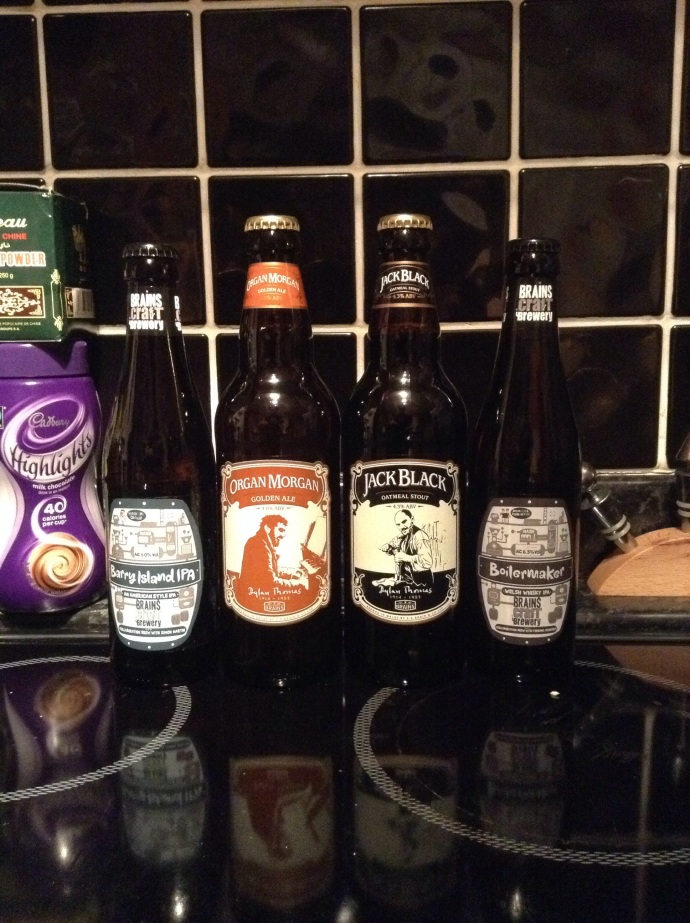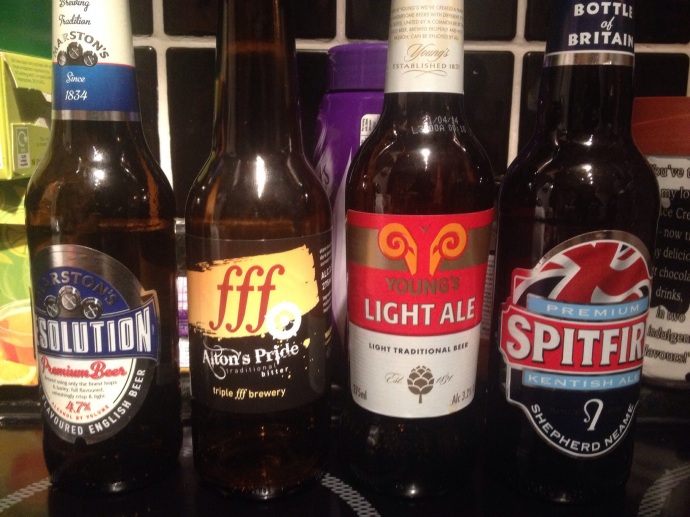My love of all things ale, beer, stout et al has lead me to an age old pastime. One that my father used to indulge in, my brothers have flirted with, and my sister is also in the process of.
home brewing.
We have all taken slightly different directions, my brothers both made cider, my sister is currently making parsnip wine, and I have crafted forty bottles of IPA.
My father was a bit of an aficionado by all accounts, dabbling in all in turn. I remember finding bottles of strawberry wine, and my mother has told me, on countless occasions, of how, at the tender age of two-and-a-half, I summoned the strength of ten tigers to pull over a keg of fermenting brew, drenching myself and creating an ale tsunami in the living room. Some how, I don’t think this show of muscular performance impressed her.
So now is my turn.
I’ve been drinking ales for a good few years now, and it was the logical next step. I’ve also read a few forums on home brew, and there is a bit of a mad scientist, cloaks and shadows feel to it. I like that.
I’ve always been interested in chemistry, and I think I’ve got a bit of an artistic, crafting side to me, so this blends the two together. I can gel the step-by-step with the creative, I love the idea.
To the process.
About a month ago, I got my first home brew kit and caboodle: fermenter, tap, valve, hydrometer, little-bottler (an outstanding bit of equipment) paddle, bottles, tops, capper, sanitiser, carbonation pellets.
And, most importantly, the elixir.
I went for Coopers IPA, a well known brand and seemed like a great place to start. Brewing sugar, light malt, yeast, all the jazz to go with it. And I enjoy an IPA.
So I begin.
Sanitising is the most important part of the whole process. You could have the best recipe out there, but you need clean equipment or you end up with a bacteria-filled soup. Not nice. Sanitising doesn’t take long, and the effort will improve results no end.
Next up, mixing.
The IPA can is held in fairly hot water to get the contents all nice and liquid, making it easier to get the whole contents out of the can. And the smell of it when opened is stunning. Malty-sweetness, a bitter edge from the hops, lovely. Mix this with some hot water (all quantities on the instructions) and stir in the sugar and malt. I had to stir for a good 15 minutes as the malt turned into a large lump, won’t be adding it all at once again!
Top the vat up with cold water, measure the gravity of the liquid, and mix in the yeast. Simple. A little time consuming, but worth putting in that extra effort and not rushing it.
Fast forward nine days and fermentation has stopped. The odd popping of the valve has desisted, the curve in the lid of the vat has dropped, so I take another hydrometer reading. It’s dropped from 1036 to 1004 suggesting final ABV will work out at 4.5% after bottle conditioning. Not bad for something made in my kitchen!
The bottling process is laborious, taking around two hours all in, from sanitation to washing to drying to filling, priming and eventually capping. But I still found it enjoyable. And so did my 3 year-old son Haydn. He found it thoroughly enjoyable passing me the clean, dry bottles so I could use the little bottler to fill them.
Once completed, all forty bottles capped, equipment cleaned and stored away, there is only two steps left.
1. Conditioning. The bottles I kept inside for a fortnight. According to the instructions, the beer is then good for step two.
2. Drink. The whole point of the process. Enjoying the fruits of your labour.
However.
A tip I had off twitter was to leave the bottles condition for as long as possible. At least until T-shirt weather. This will only help the product improve. Another tip I had was to keep the beers inside to condition for two weeks first, then move outside. I want to get my first attempt as good as I possibly can, so I’m following both tips.
So now I wait, patiently, as time does his thing and allows the ale to gently develop and mature, and build my anticipation for the first drop of home-made IPA to pass my lips. In the mean time that leaves me only one alternative.
More ales to drink and blog about!
Cheers!!
51.800840
-3.174873
